How Do You Stop Condensation in Flexible Ducting
Condensation should not be within your ducting at any time at all. If left unattended, it can become mould, which can cause a whole host of issues within itself. So what are the procedures to take to remove condensation in flexible ducting? Are there products you can use?
In this blog, we will answer the question ‘How do you stop condensation in flexible ducting?’
With new buildings being made to be as energy efficient as possible, and the UK aiming for 95% of its electricity usage to be low carbon by 2030, it is imperative to understand how we can make the most of our ventilation. This is where MVHR units come in.
To prevent mould, fresh air should constantly be introduced into your dwelling daily, as it helps to regulate temperature and reduce condensation. Introducing fresh air can be as simple as having a ventilation routine, or installing extractors or MVHR units. Almost all of this is facilitated by ducting.
I-Sells is here to provide the answers you need whilst also supplying you with all the information you need to combat mould and have a well-ventilated home.
How does condensation form?
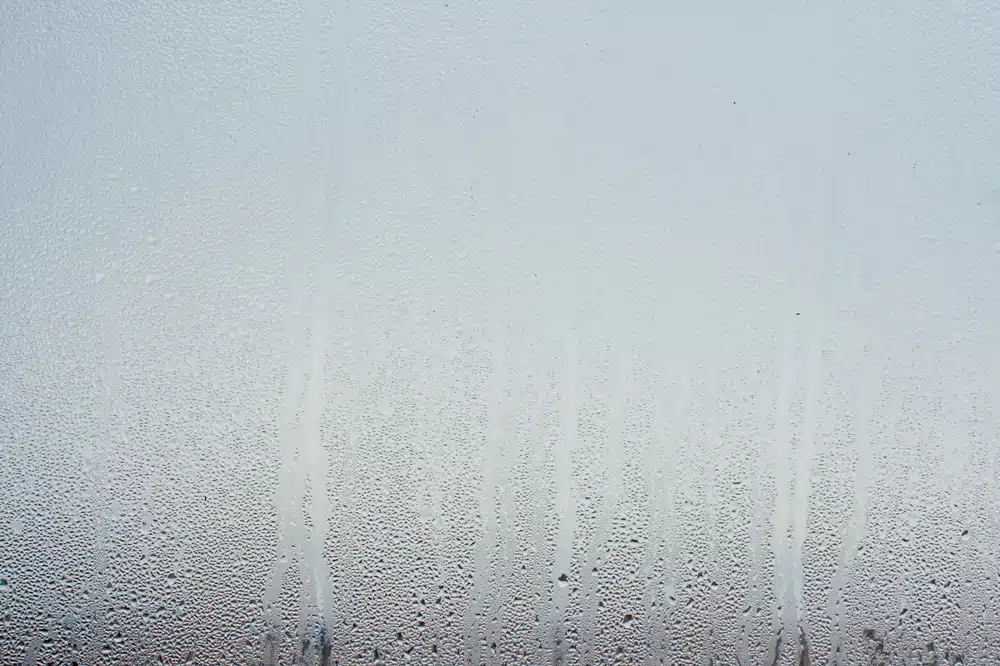
Condensation forms as a result of warm, humid air coming into contact with a cold surface. The warm air holds more water vapour than usual, once it comes into contact with the cold surface, the air cools, and deposits water, as colder air holds less water vapour, so it must be released somewhere.
On most surfaces, if you wipe condensation as soon as you notice it, and ventilate the area, the condensation won’t be a problem. However, if you leave it entirely, you create the opportunity for mould to form.
Mould – The basics
Mould thrives in a humid environment, and spreads via spores in the air. Making it easily transferable to other rooms and surfaces. There are different forms of mould.
For the most part, mould that occurs as a result of untreated condensation can range from green to black in colour. It has a slimy texture and a distinctly bad smell. Mould can be removed, however, it should be done with mould surface cleaners. If you already have mould in a room, an increase in ventilation won’t remove it, it must be treated directly with products.
Mould can not only occur as a result of condensation, but also unaddressed leaks in the room in question can cause it to form. You should seek to remove mould immediately, as it can cause or affect existing health conditions.
Can you prevent mould?
In a vast majority of cases, mould can be prevented by implementing the use of ventilation such as extractor fans, or MVHR units and more. For example, even opening a window when having a hot shower can go a long way in preventing condensation from occurring, the key factor of mould development.
At the same time, however, there are certain instances that can create mould growth that you are totally unaware of until it is too late. If you have a pipe leaking, it could take days, weeks, or longer for you to see the signs of it, depending on the level of intensity.
Damp in areas that have never had it before is a key indicator, aside from leaking pipes, a leak in your roof, or through a damaged wall is usually a precursor to mould developing. In either instance, call an expert to rectify the situation.
How do you stop condensation in flexible ducting?
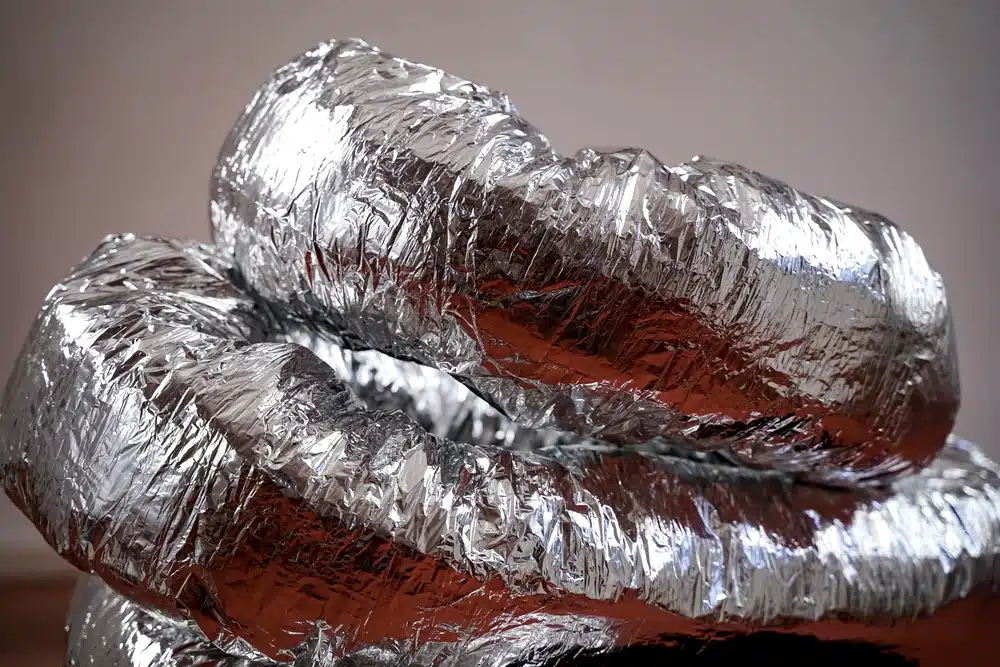
Condensation should not occur in your ducting, whether it is flexible or rigid ducting. So with that in mind, how can you stop condensation from forming in flexible ducting? Below, we will share some solutions for you.
- Before installation, check the length of flexible ducting you will be using, inspect the surface to ensure there are no holes or damages throughout it. Holes in ducting can lead to temperature imbalances, which can result in condensation.
- Apply insulation to the flexible ducting. Not only does insulation provide a nominal level of protection to the ducting, but it also helps the ducting to maintain a consistent temperature throughout to prevent condensation.
- Ensure the ends of your ducting are secure. If your ducting isn’t secure against the vent or ventilation system, it could allow moisture to enter the ducting more easily.
- Use the ventilation. If the ducting is in a room like a bathroom or kitchen, which frequently generates humidity, using the ventilation system, in addition to opening windows, will prevent the duct from accumulating any condensation.
- Clean the duct from dust and debris. By letting them accumulate, you are reducing airflow, which can contribute to condensation forming in the ducting.
- If your ventilation system has filters, ensure that they are checked and replaced in intervals that are recommended by the manufacturer.
Can I still use a duct that has condensation in it?
Technically, yes. But that does not mean that you should. If you discover condensation within your ducting, it should be replaced immediately.
If condensation is left unattended in ducting, it will become the perfect environment for mould to thrive. By using ventilation that has mould in its ducting, you are not only helping the mould to spread, but you are also severely limiting the effectiveness of your ventilation system.
What if condensation returns in my ducting?
If you have replaced your ducting, and you have found that condensation has returned, there may be a different issue at play. Check the area the ducting is placed in, if there is leak in that area, that can be the cause of the condensation. However, if you can’t find any issues, it may be worth calling an expert in to diagnose why condensation keeps occurring in your ducting.
Where can I buy replacement ducting?
I-Sells is a provider of ventilation solutions and everything that comes with it, including ducting. We supply flexible ducting and much more.
Whether it is flexible aluminium or PVC ducting you’re searching for, we have it. Some of our options can also vary in diameter in accordance with your needs. This includes 100 mm and 102 mm in diameter. This also applies to the lengths we have available.
Can anyone install ducting?
Yes. Although HVAC technicians offer services which can include installation of a HVAC system and its ducting for most if not all kinds of properties. Please note that the complexity of the job at hand could alter the price if there are no fixed rates for certain services.
Alternatively, you can install your ducting yourself, as long as it ends up being compliant to part F of building regulations, and does not compromise the safety of any person in the property.
Though this second option can be especially difficult if you have no experience, equipment, or guidance. If you are struggling, please feel free to contact us, and we may be able to point you in the right direction.
Purchase flexible ducting today
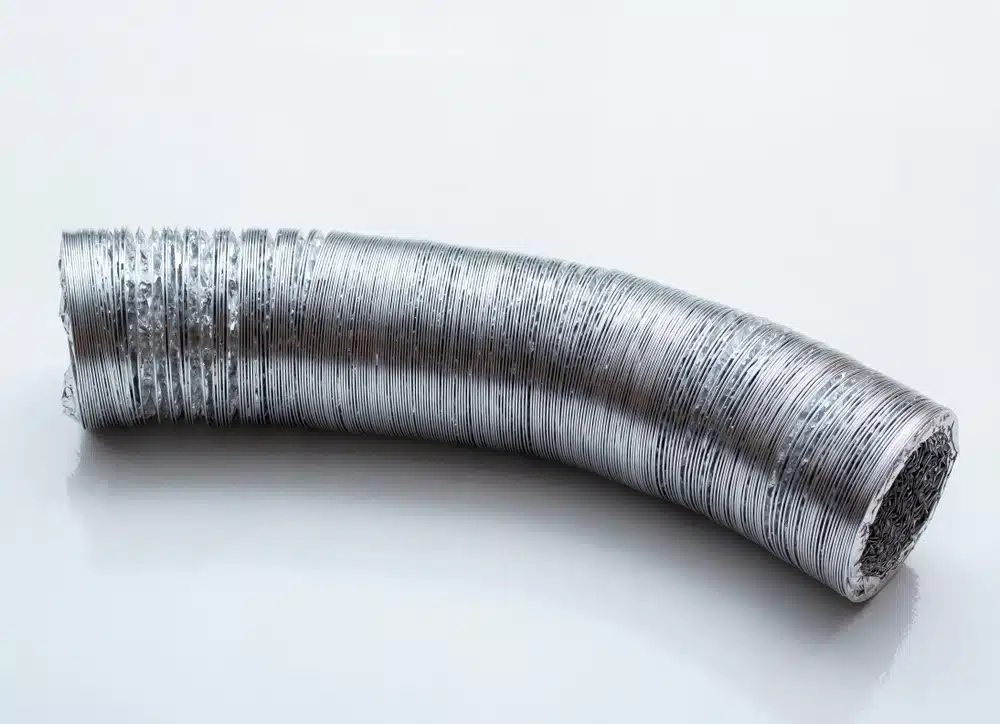
We at I-Sells endeavour to ensure our customers have all the information they require before investing in our mould solutions. Be sure to visit our blog page to learn about the vast array of factors and issues surrounding ventilation, mould, condensation, and much more.
We hope to have answered the question ‘How do you stop condensation in flexible ducting?’
We understand you may have more questions, do not hesitate to contact us for more information about whatever you need our help with. If you’d like to send us an email, click here. For other contact options, see below:
Call us on 020 8463 9696
Visit us at our showroom:
*OPENING TIMES*
Monday – Friday: 8:00 am to 5:30 pm
Saturday: 9:00 am to 12:00 pm
Sunday: Closed
15 St John’s Parade
Sidcup, Kent
DA14 6ES
United Kingdom

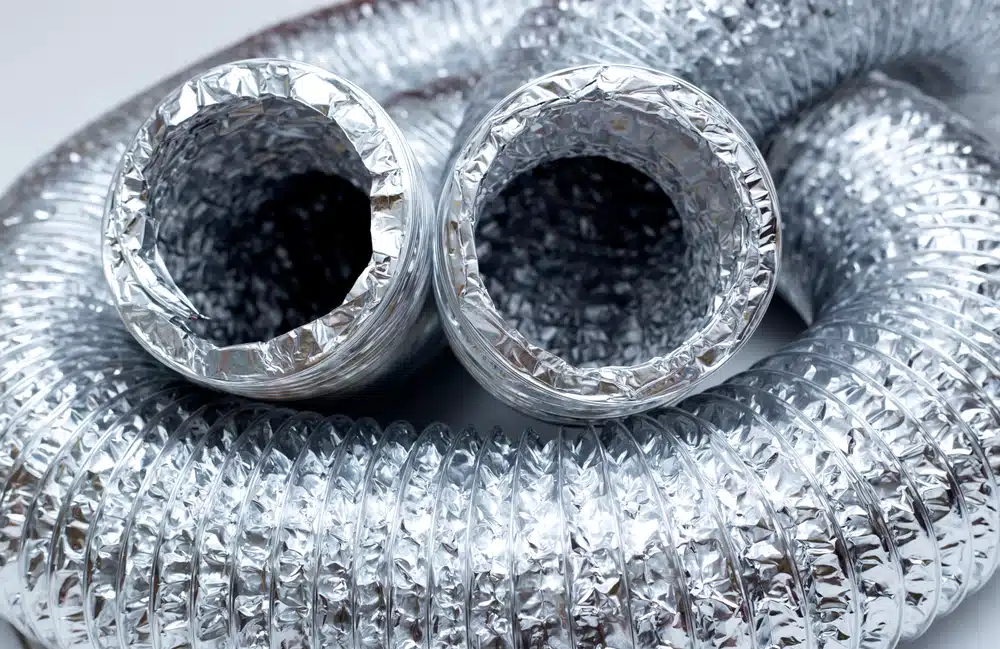
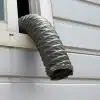
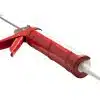
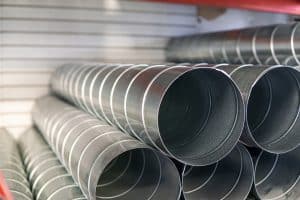
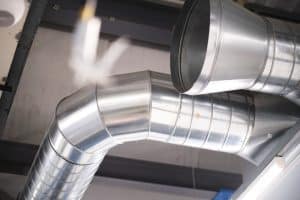

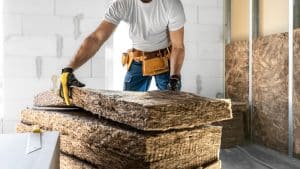
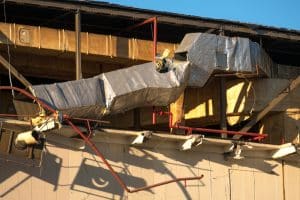




















Add comment
You must be logged in to post a comment.